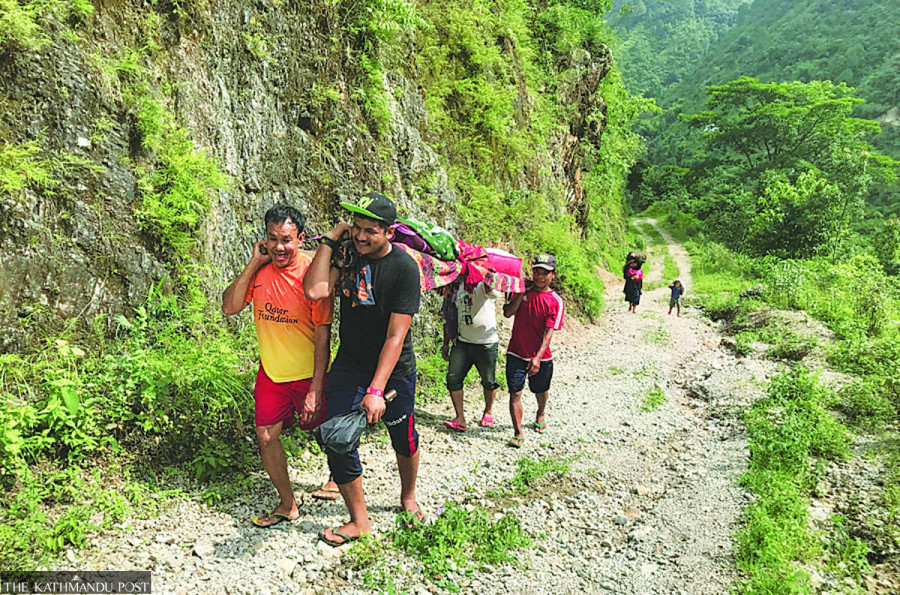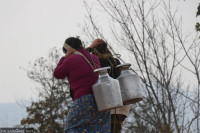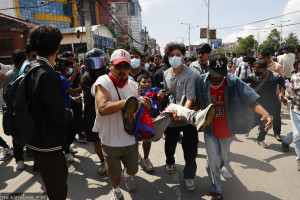Editorial
Dying mothers
Finding why mothers die should be the focus, followed by efforts to prevent the recurrence of these deaths.
The world is failing its mothers, and Nepal is no exception. According to the United Nations, globally, a woman dies every two minutes due to pregnancy or childbirth-related complications. Reports in Nepal show 90 maternal deaths between July 17 last year and February 12 this year. Similarly, in the fiscal year 2021-22 alone, 180 maternal deaths were recorded in the country. Until some years ago, Nepal was lowering the maternal mortality rate, year after year, for which it even received the Millennium Development Goals award. It cut the rate from 539 per 100,000 live births in 1996 to 239 per 100,000 live births in 2016. But progress slowed. In this day and age, every preventable death is one too many.
Lowering maternal mortality rates has always been a government priority. It has prioritised antenatal visits in the fourth, sixth, eighth and ninth months of pregnancy. Antenatal care is provided under primary healthcare in public health facilities and community-level primary healthcare outreach clinics. The government has been giving cash incentives to women who deliver in healthcare centres as a part of institutional delivery and has also concentrated on postnatal check-ups for better health of mothers and daughters. Moreover, it provides nursing services and deploys women’s health volunteers for a safe pregnancy.
Unfortunately, these initiatives have not translated into a further reduction in maternal mortality. Women have succumbed to postpartum haemorrhage, unsafe abortions, lack of emergency obstetric care, delayed healthcare, and the absence of airlifting services in remote areas. It is also evident that many women in rural areas are still opting for home delivery due to geographical remoteness. Pregnant women have also died during or after childbirth at the hands of careless healthcare providers.
The reasons for maternal deaths abound, and one of the main ones is that it does not have a better maternal death surveillance and response (MDSR) system. The MDSR helps authorities learn from previous maternal deaths to prevent future ones. It entails identifying and investigating each death, compiling accurate data on deaths, developing recommendations/reports, and putting them into action to prevent similar incidents. However, Nepal has not implemented the approach properly, adding to the difficulty of controlling maternal mortality. Even a verbal autopsy—interviewing family members or close people of the deceased on events leading to death—on maternal deaths, a part of the MDSR approach, is being carried out only in 42 of the 77 districts.
Maternal mortality is not something that can be cut overnight. It takes time and effort. Studies show that educated women are more likely to go for antenatal care, institutional delivery and postnatal care than uneducated ones. Hence educating pregnant women and their families to follow such care is vital.
Finding why mothers die should be the focus, followed by efforts to prevent the recurrence of these deaths. If healthcare providers make a mistake, they should be held accountable. The government should ensure that no mother dies during or after childbirth due to its inability to provide heli-services to geographically difficult areas for their rescue or for the lack of competent workers. If we don’t learn from previous mistakes, many more women will continue to needlessly lose their lives.




 8.12°C Kathmandu
8.12°C Kathmandu














